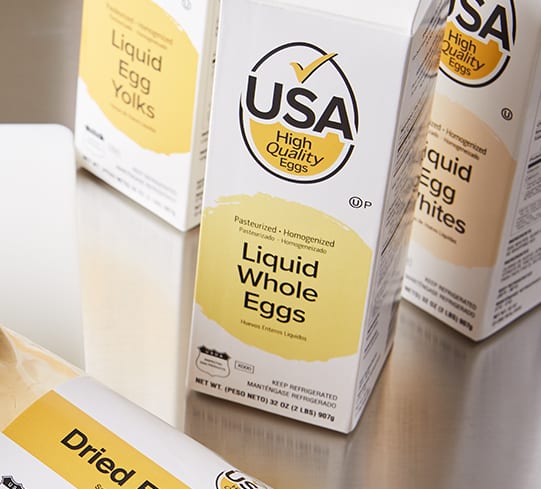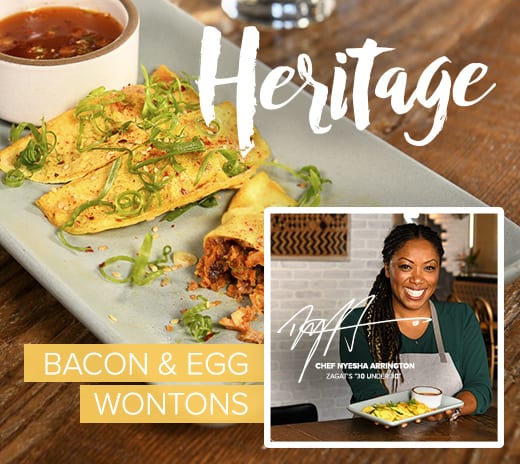Professionals
Supporting foodservice, manufacturing and culinary professionals through insights, innovation and collaboration
Industries We Serve

Foodservice
From clockless dining to plant-forward recipes, see how eggs fit into the changing foodservice landscape.

Import/Export
Multilingual Resources Helpful information about the functionality and high quality of U.S. eggs and egg products, in a variety of languages.

Incredible Egg Trends
Who else but James Beard Recipients, Iron Chef competitors and cookbook writing chefs can talk about Incredible Egg Trends? In addition to on-point trending recipes, inspiring dishes from across the country, and infographics speaking to the trends, we deliver videos of those chefs creating signature dishes reflective of who they are – be it comfort […]

K-12 Schools
School Nutrition Eggs’ nutrition, versatility, and affordability make them a natural fit in any school meal. Eggs in the Classroom Teach students all about eggs with these fun lesson plans and games.

Manufacturers
Learn the advantages of REAL eggs in formulation and the convenient forms available for food manufacturers.


